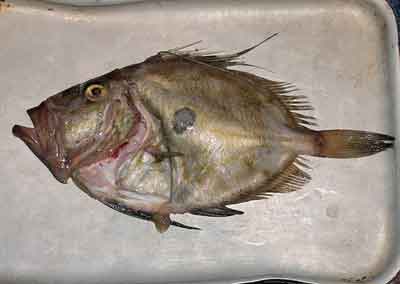Man on horseback. A type of pleasant edible mushroom of yellowish colour with which some cases of poisoning have been recorded.
Brillat-Savarin (1755-1826) was a gastronome and philosopher, one of the earliest to write seriously about food and dining He was born in Belley, near Bresse, and from an early age expressed an interest in food. He studied law and was elected as a magistrate and then as mayor of Belley. However, following the French Revolution he fled the country, ending up in New York. There he taught French and, at one stage, played violin in an orchestra. He is reputed to have learned how to prepare wild turkey from Thomas Jefferson. In 1796 he returned to France where he eventually became a judge on the Supreme Court of Appeal. He is buried in the cemetery of Père Lachaise. His great work, The Physiology of Taste, was published in 1825. Many dishes contain a reference to him in their names, including a cheese, an omelette, a salmon dish and a consommé. Brillat-Savarin is also a type of cheese.

John Dory. A high quality, plump, flattish fish with a golden sheen, with an ugly but amiable face. It was first associated with Zeus, then with St Peter, as evidenced by the ‘finger marks’ left by him when he picked it up to remove a coin from its mouth to pay some taxes.
Napoleon’s archchancellor (1754-1824). His table was said to rival that of Talleyrand, whose chef was Antonin Carême. He is reputed to have died from over-eating.